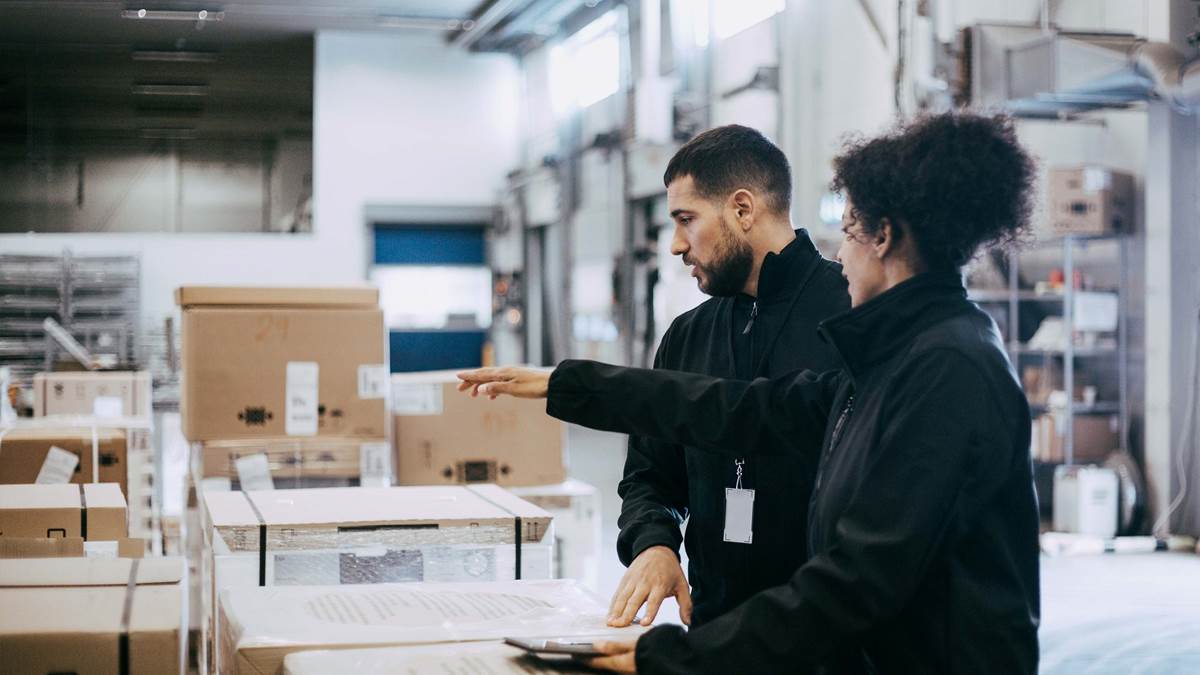The price optimization and demand forecasting challenges and opportunities for B2B retailers


In Part 1 and Part 2 of this Supply Chain Optimization series, set largely in a B2C context, we looked at the story behind how the price of my pair of jeans was being influenced through Machine Learning (ML) price optimization, and how a retailer could extend this capability to also incorporate demand forecasting.
In this third installment of our Supply Chain Optimization series, due to the complex nature of the B2B business model and landscape, we will initially explore what makes B2B different from B2C, and the challenges and opportunities for many B2B retailers. A fourth and final installment will follow, where we will look at a proven framework and approach of addressing these challenges through the use of Google Cloud.
Across all categories, brands are using B2B digital commerce channels to build direct professional relationships and services. For the first time, B2B retailers are more likely to offer e-commerce channels for a unified shopping experience than ever before. However, B2B customer-experience index ratings significantly lag behind those of B2C (retail) customers1. Businesses that don’t offer their customers the right balance of channel engagement, pricing, product availability, transparency and experience risk being replaced by more digitally aware competitors that understand the potential value omni-channel commerce can have.

There are a few notable areas in which B2B transactions differ from B2C, namely:

As illustrated in the graphic above, the notion of price optimization and demand forecasting have to work under a very different pretext (in comparison to a B2C retailer). The complex nature of B2B business means there is an even greater need for B2B retailers to invest in a digital transformation that facilitates an emphasis on deep customer knowledge, flexibility and insights enabled by technology.
The overall customer experience for many B2B customers is distinctly different from B2C customers. For example, in the case of pricing, it is very common for an agreement on (final) pricing to be agreed in conjunction with financing, delivery needs and and other commitments. Pricing is a common friction point for many B2B buyers, with 77% of B2B buyers stating that their last purchase was very complex or difficult. Typical reasons for this include:
Many B2B retailers continue to often need days to provide a quote, relying on (paper) order forms, and provide little in the way of order status. Whilst some B2B retailers have made strides in moving parts of these processes to digital, many continue to struggle with providing automated pricing - which can be tendered or part of framework agreements.
Note: It should be noted that in many B2B contracts, any pricing changes have to be communicated to customers months in advance.
Demand forecasting has also been a challenge for many B2B retailers, and the current supply chain woes has exacerbated these challenges. Whilst demand forecasting has never been 100% accurate, the future has become uncertain for many B2B retailers, particularly those that rely on complex supply chains.
Many B2B retailers have been faced with multiple different approaches to predicting demand. These can range from looking at previous demand, to current lead/sales/market status, to predictions on possible outlooks. In reality, an effective demand forecasting strategy has to amalgamate all of these and more. It has to look at demand forecasting from the macro (general economic outlook and other disruptive elements) and micro (specific to the B2B retailer market/vertical or geo-location) levels. It has to incorporate short and long term demand factors, in addition to competitive factors, seasonality, and so forth.
All of the above represent a significant data challenge for many B2B retailers, against a tide of customer expectations and economic uncertainty. How does a B2B retailer establish themselves with the ability and means to capture, process, glean insights, and act on all of these various insights in (near) real-time?
When considering then challenges covered above, there are a number of traditional opportunities and strategies that B2B retailers may resort to, to simplify these issues. In the case of price optimization, these can include:
Whilst the above (and existing B2B price optimization / demand forecasting market solutions) go some way to managing some of these challenges, many B2B retailers can achieve significantly more automation - and subsequently drive up customer experience - through the use of Artificial Intelligence/Machine Learning (AI/ML) to transform the buyer's journey. B2B retailers need the visibility that a Data Cloud provides to navigate the tumultuous global supply chain and inflation wave that is spreading globally. Equipping B2B customers with timely and accurate pricing and demand forecasting is proven to not only drive purchase ease, but also yield high quality and recurring sales2.
Note: With Google Cloud recently announcing the launch of Data Cloud, for the remainder of this article, this term will be used as a general reference to the unified data and AI/ML solution enabled by Google Cloud.
Want to know more about how Kin + Carta can help you on the road to a Sustainable Supply Chain?
Get in touch